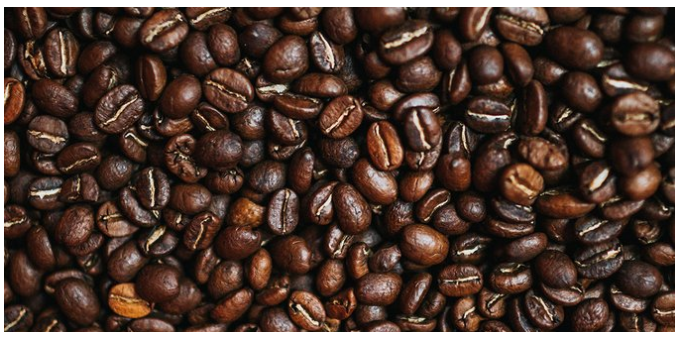Get a cup of coffee and sort out just where the coffee bean market is going.

The headlines after the latest International Coffee Association report was released on February 7 were nearly apocalyptic. Record bean prices, bean shortages and low crop yields, El Niño and climate change making the current outlook a permanent fixture. It looks horrendous.
Blame El Niño – maybe
Indeed, some coffee futures prices have rocketed over 40% in the past months. On the other hand, as yields in West Africa plunged due to bad weather, other producers, such as Brazil, have picked up the slack. Why?
The El Niño weather pattern, which emerged in late 2023, has induced a drought in West Africa, and this pattern is expected to stay in place for the next few years. Since Côte d’Ivoire is the third largest coffee producing area in Sub-Saharan Africa, it could be a while before the country recovers. The weather pattern helped some countries in southern Asia, but Asia is expected to feel more negative effects in the next season or two.
The El Niño weather pattern, which emerged in late 2023, has induced a drought in West Africa, and this pattern is expected to stay in place for the next few years. Since Ghana and Côte d’Ivoire constitute one of the largest coffee producing areas in Sub-Saharan Africa, it could be a while before the area recovers. The weather pattern helped some countries in southern Asia, but Asia is expected to feel more negative effects in the next season or two. Brazil faces not drought but heavier rains, and the likelihood of falling crop volumes.
No wonder cocoa futures recorded intraday highs of $5,874 per metric ton on February 8. This rise is more than $1,000 higher than on January 1, and is almost 40% up. At the same time, ICO claims that “world coffee production increased by 0.1% to 168.2 million bags in coffee year 2022/23, and is anticipated to increase by 5.8% to 178.0 million bags in coffee year 2023/24.”
Is it really the weather?
Poor harvests in some places are definitely taking a toll on cocoa prices. However, the ICO still expects a surplus of 1 million bags after the harvests are in. Stocks are over the 26 million bag level. So what else is affecting coffee prices?
The logistics of coffee and war
One consequence of the maritime conflict in the Red Sea is that global trade is disrupted. This includes coffee. Robusta bean purchases from Vietnam have dropped against rising shipping costs and delivery times because of the Houthi rebels’ attack on commercial ships. Robusta buyers are moving to Brazil suppliers in order to better secure less volatile shipments.




